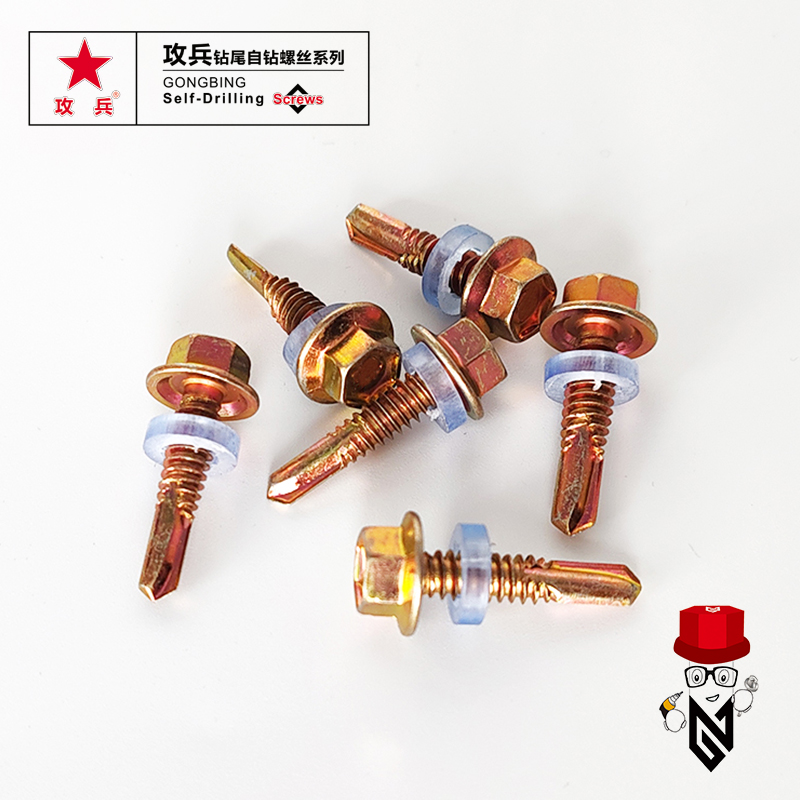Self-Threading Bolts for Steel | High-Quality Fasteners
Understanding Self-Threading Bolts for Steel Applications
Self-threading bolts, also referred to as self-tapping screws, have gained considerable popularity in various construction and manufacturing industries, particularly when working with steel. These fasteners uniquely combine the functionality of a screw with the ease of installation, making them an excellent choice for a myriad of applications.
What are Self-Threading Bolts?
Self-threading bolts are designed to create their own threads as they are driven into materials, typically metal or plastic. Unlike traditional bolts that require a pre-drilled hole with matching threads, self-threading bolts cut into the material, effectively forming their own thread pattern. This feature not only simplifies the installation process but also saves time and reduces labor costs.
Benefits of Using Self-Threading Bolts
1. Ease of Installation One of the most significant advantages of self-threading bolts is that they can be used without the need for pre-drilling holes. This makes them particularly beneficial in tight spaces where maneuvering a drill may be difficult.
2. Time Efficiency Because they eliminate the need for pre-drilling, self-threading bolts can significantly reduce installation time. Projects that require hundreds or thousands of fasteners can benefit from this time-saving aspect, allowing for quicker project completion.
3. Versatility Self-threading bolts can be used in various materials, including steel, plastic, and even some types of wood. Their adaptability makes them suitable for numerous applications, from automotive manufacturing to appliance assembly.
4. Strong Secure Fit When properly installed, self-threading bolts create a robust joint that can withstand significant forces. Their ability to cut threads into metal ensures a secure fit, which is crucial in high-stress applications.
Applications in Steel
In the context of steel applications, self-threading bolts are commonly used in industries ranging from construction to automotive manufacturing. They are particularly effective in joining steel components where access to both sides of the material may be limited. Examples include
self threading bolts for steel

- Structural Steel Fabrication Self-threading bolts can be used to quickly assemble steel frames and structures, providing a solid and durable connection.
- Automotive and Machinery Assembly In the automotive industry, these bolts are used in chassis assembly and other applications where lightweight but strong fastening solutions are needed.
- Electrical Enclosures Self-threading bolts facilitate the assembly of electrical cabinets and enclosures, providing the necessary strength while optimizing installation time.
Considerations for Use
While self-threading bolts offer numerous advantages, there are several considerations to ensure optimal performance
- Material Thickness The thickness and type of steel can affect the effectiveness of self-threading bolts. It’s essential to select the right bolt size and type based on the specific material being used.
- Installation Technique Proper installation is critical for achieving the desired strength. Using the correct torque settings and avoiding over-tightening can prevent damage to the bolt or the steel.
- Coating and Corrosion Resistance For outdoor applications or environments that may be exposed to moisture, using corrosion-resistant self-threading bolts is essential to ensure longevity and reliability.
Conclusion
Self-threading bolts are invaluable tools in steel construction and manufacturing, providing a reliable and efficient solution for fastenings. Their ease of use, time-saving capabilities, and strength make them a preferred choice for engineers and builders alike. By understanding their benefits and application considerations, users can make informed decisions in their projects, ensuring robust and lasting connections in their steel constructions.
-
Weatherproof Plastic Expansion Anchors for OutdoorNewsJun.06,2025
-
Sustainability in the Supply Chain: Eco-Friendly TEK Screws ProductionNewsJun.06,2025
-
Load-Bearing Capacity of External Insulation FixingsNewsJun.06,2025
-
Double Head Bolts: Enhancing Efficiency in Industrial MachineryNewsJun.06,2025
-
Corrosion Resistance in Chipboard Screws: Coatings for Wholesale DurabilityNewsJun.06,2025
-
Butterfly Toggle Bolts : Enhancing Structural ResilienceNewsJun.06,2025
